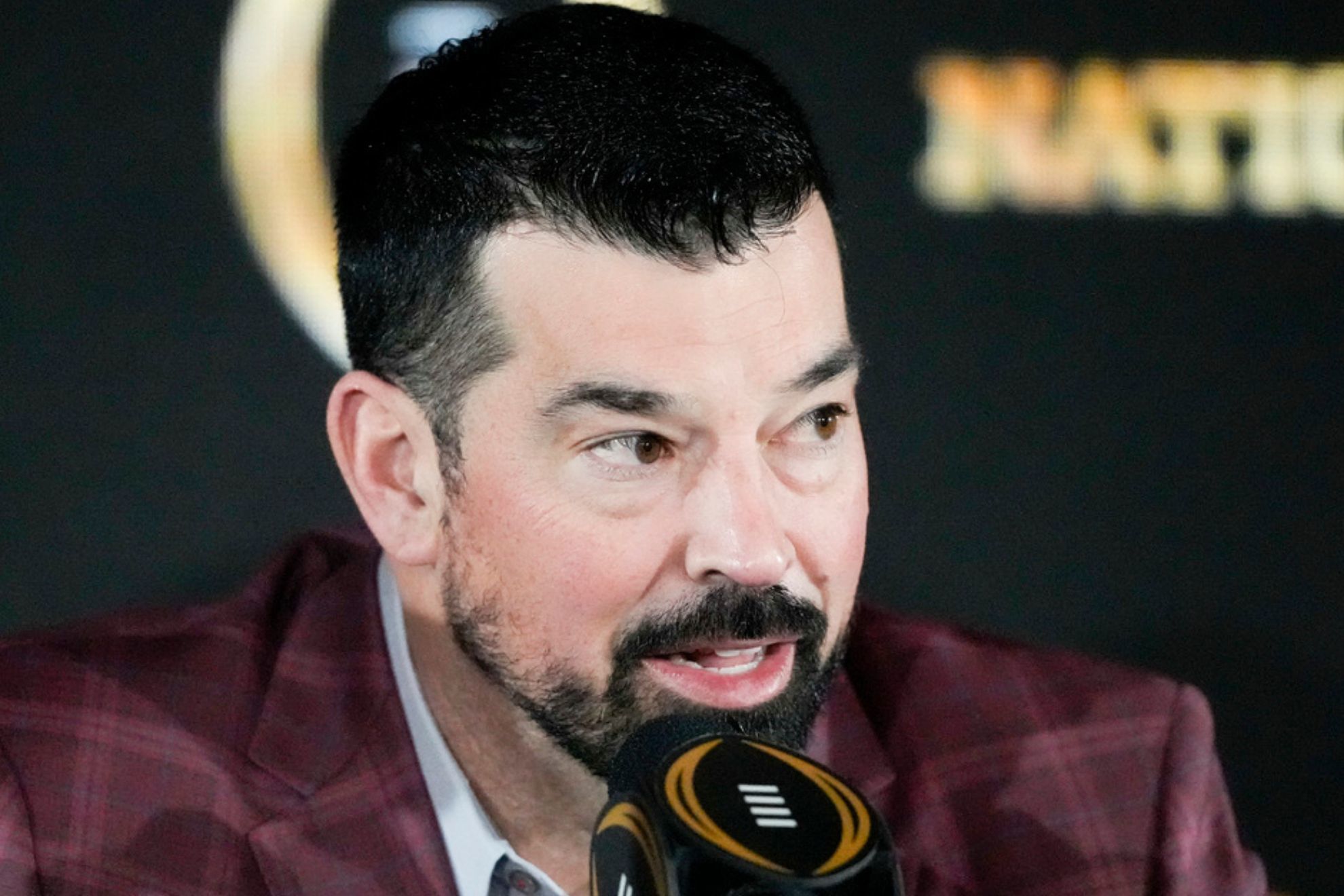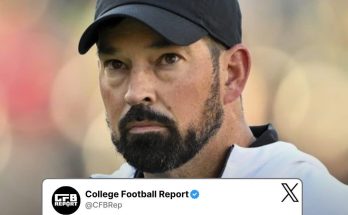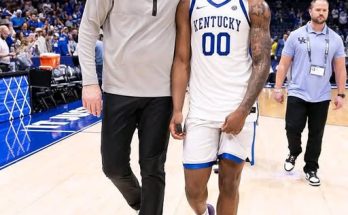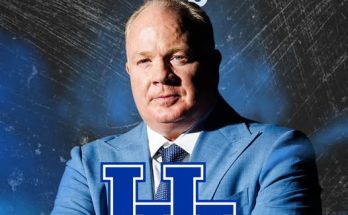Ryan Day faces perhaps the most consequential decision of his Ohio State tenure as the Buckeyes stare down the challenge of naming a starting quarterback for the upcoming season. With expectations always sky-high in Columbus, and with Michigan riding a wave of recent dominance in The Game, the pressure to get this right is immense. Unlike past years when the quarterback answer seemed obvious—think Justin Fields or C.J. Stroud—this time the battle is murkier. There’s talent, there’s promise, but there is no clear-cut, can’t-miss star who has already proven himself in the fire of high-stakes Big Ten football. That uncertainty brings both opportunity and risk, and Day’s decision could define not only this season but perhaps his long-term viability as Ohio State’s head coach.
At the heart of the decision are two distinct quarterback profiles: one player offers a safe, seasoned choice, someone who knows the system and is unlikely to implode on the big stage; the other offers raw upside, athletic dynamism, and perhaps the kind of improvisational playmaking needed to elevate the Buckeyes over the top against teams like Georgia, Alabama, and yes, Michigan. Whether it’s Devin Brown, Will Howard, Lincoln Kienholz, or incoming freshman phenom Julian Sayin, each candidate brings something different to the table. But Ryan Day isn’t just choosing a quarterback—he’s choosing a direction, a tone, a philosophy for the entire program moving forward.
One of the ironies of the situation is that Ryan Day is supposed to be a quarterback whisperer. That’s how he earned the Ohio State job in the first place. His reputation for developing passers is sterling: he turned Dwayne Haskins into a Heisman finalist, polished Justin Fields into a first-round NFL draft pick, and helped C.J. Stroud blossom into one of the most precise and prolific passers in school history. But those quarterbacks came into clearer view quickly. They asserted themselves early in camp, dominated the reps, and won over teammates. This year? It’s not so simple.
Will Howard, the Kansas State transfer, brings experience, toughness, and dual-threat capability. He’s won games in the Big 12, played in loud environments, and showed leadership from the moment he arrived on campus. He doesn’t have the arm talent of a Stroud or the deep-ball mastery of Haskins, but he’s a gamer. There’s something to be said for poise and command, especially with a loaded receiver room featuring stars like Emeka Egbuka, Carnell Tate, and Brandon Inniss. Howard won’t dazzle, but he may not lose games either. The floor is high—but is the ceiling high enough to get past Michigan’s ferocious defense or to score with the speed merchants of the SEC in a playoff game?
Then there’s Devin Brown, the former top-tier recruit who waited patiently behind Stroud and then split reps last year before an injury set him back. Brown has the traits you want in a modern college quarterback: mobility, aggressiveness, and the willingness to push the ball downfield. But he’s been inconsistent. Decision-making has been spotty, and there’s a lingering concern about whether he can be trusted in crunch time. Still, Brown has had flashes—moments in practice and brief in-game appearances that leave you wanting more. If the job is truly open, and if Day is looking for a quarterback who can grow into a superstar over the course of the season, Brown might be his guy.
The dark horses in the room—Kienholz and Sayin—are worth watching but unlikely to seize the job outright in Week 1. Kienholz, a promising athlete with multi-sport pedigree, has reportedly shown a strong grasp of the offense and has a knack for making plays off-script. But he’s young, unproven, and asking him to lead a national title contender in just his second year might be too tall an order. Julian Sayin, meanwhile, is as hyped as they come. A former Alabama commit, he flipped to Ohio State late in the cycle and brings elite high school credentials. Sayin is polished beyond his years and is said to possess the mental acumen and mechanics of a future first-rounder. But he’s still just a freshman. Throwing him into the fire could either launch a legend or crush confidence before it even forms.
What makes Day’s decision more pressing is the context around it. Ohio State is desperate to reclaim its place atop the Big Ten, and its fanbase is growing restless. Three straight losses to Michigan have turned up the heat on Day, whose overall record remains elite but who is judged primarily on whether or not he can beat the Wolverines and win national championships. Anything short of both is now seen as failure. In that sense, this quarterback choice is more than just a roster decision; it’s a referendum on Day’s judgment, his ability to lead under pressure, and his willingness to evolve in the most competitive era of college football.
Day also has to consider the shifting terrain of college football itself. The transfer portal era has made roster management far more fluid—and far more perilous. Whoever loses this quarterback competition is unlikely to stick around quietly. If Brown loses the job to Howard, he could be gone by November. If Howard falters midseason and Day turns to a backup, will that backup be mentally ready and fully bought in? What about Sayin? Does burning his redshirt early help or hurt the program long term? These aren’t just football decisions anymore—they’re recruitment, retention, and reputation decisions rolled into one.
Complicating matters is the high-stakes nature of the early schedule. Ohio State opens with a pair of manageable games, but things heat up fast with a trip to Oregon and pivotal Big Ten showdowns looming shortly thereafter. Day won’t have much time to tinker or second-guess. Whoever gets the nod must hit the ground running. A slow start isn’t just dangerous—it could be lethal in a College Football Playoff system where one loss might not kill your season, but two surely will.
It’s also worth noting that this decision doesn’t exist in a vacuum. The defense, under Jim Knowles, is expected to be elite. The wide receiver corps is perhaps the deepest in the nation. The offensive line is solid, if not spectacular, and the running back room is brimming with experienced talent. This is not a rebuilding Ohio State team—it’s a championship-caliber roster in search of the final piece. That’s what makes the quarterback choice even more agonizing. Pick right, and the Buckeyes could be holding the trophy in January. Pick wrong, and Michigan could make it four straight—and the calls for change could grow louder than ever before.
This is also a moment of philosophical truth for Ryan Day. Will he go conservative and lean on experience, or will he bet on upside and trust his developmental instincts? Will he play it safe and risk mediocrity, or roll the dice on potential greatness? The nature of the quarterback position is inherently tied to leadership, and whoever wins the job must earn the respect of the locker room quickly. That’s no small task in a program filled



